Understanding art can seem complex, but it doesn’t have to be. Paintings, from the Renaissance to modern abstracts, tell stories, evoke emotions, and reflect cultural values. However, interpreting these visual tales requires learning the language of art. With some practical tips from the ukrburshtyn.com blog, anyone can develop an appreciation for the meaning behind a painting. Here’s how you can effortlessly understand paintings and deepen your artistic insight.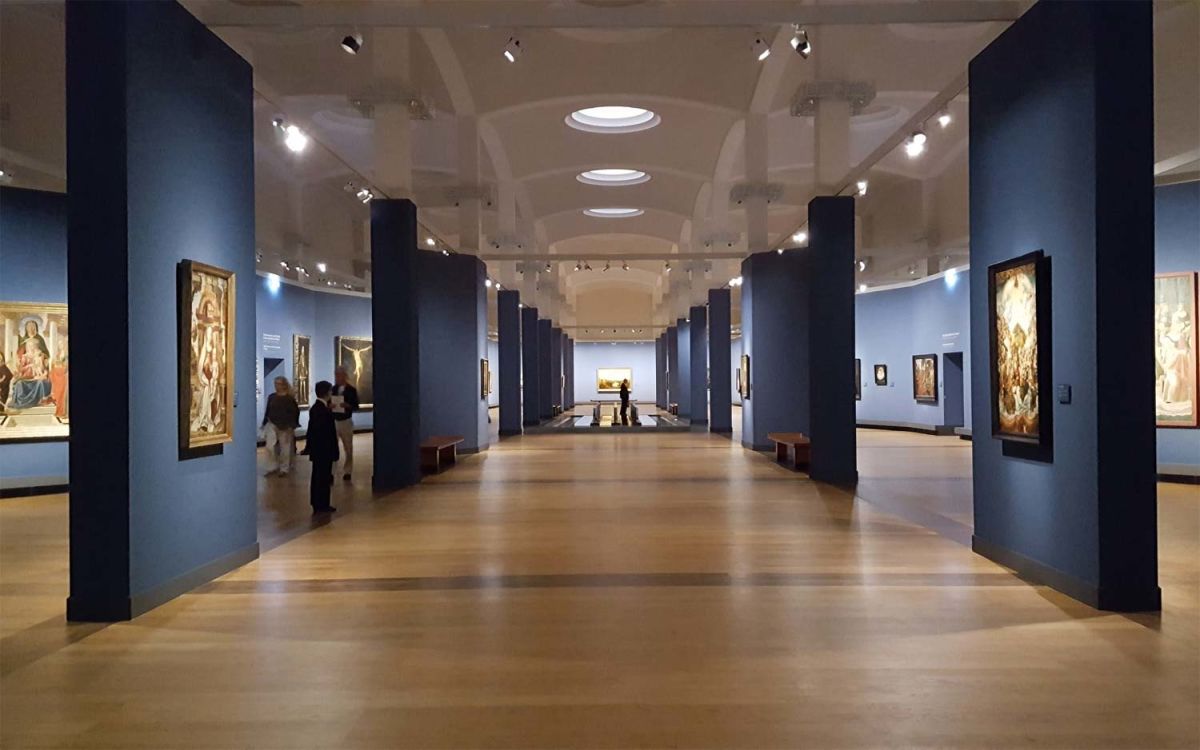
1. Observe Without Judgment
One of the most common mistakes when viewing art is making snap judgments. When you first look at a painting, take a moment to simply observe. Let your eyes travel across the canvas and notice the details: the brushstrokes, the colors, and the composition. Allow the artwork to unfold gradually without forming immediate opinions.
Tip: Spend at least 30 seconds on your first look before trying to interpret anything. This will help you approach the painting with an open mind.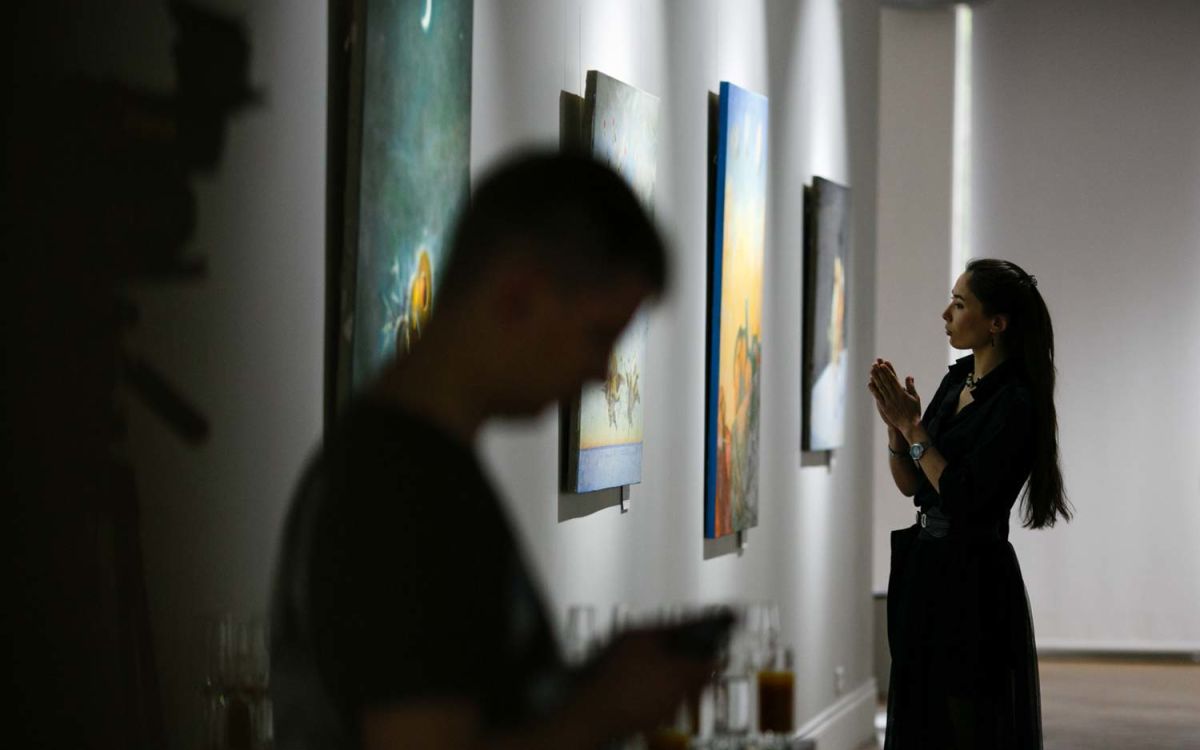
2. Learn the Basics of Art Elements
Understanding paintings becomes easier when you know some art basics. The main elements to pay attention to are:
- Color: Colors evoke specific feelings. Warm colors (red, orange, yellow) often convey energy, passion, or warmth, while cool colors (blue, green, purple) suggest calmness or melancholy.
- Line: Lines can guide your eye around the painting. Curved lines may represent movement or softness, while straight lines can imply structure or stability.
- Texture: Whether a painting is smooth or rough can affect its overall feel. Artists often use texture to add depth or evoke tactile sensations.
- Shape and Form: Notice whether the forms are geometric or organic. Geometric shapes tend to feel orderly, while organic shapes create a more natural or chaotic feeling.
By understanding these elements, you can start to see why certain aspects of a painting might make you feel a certain way.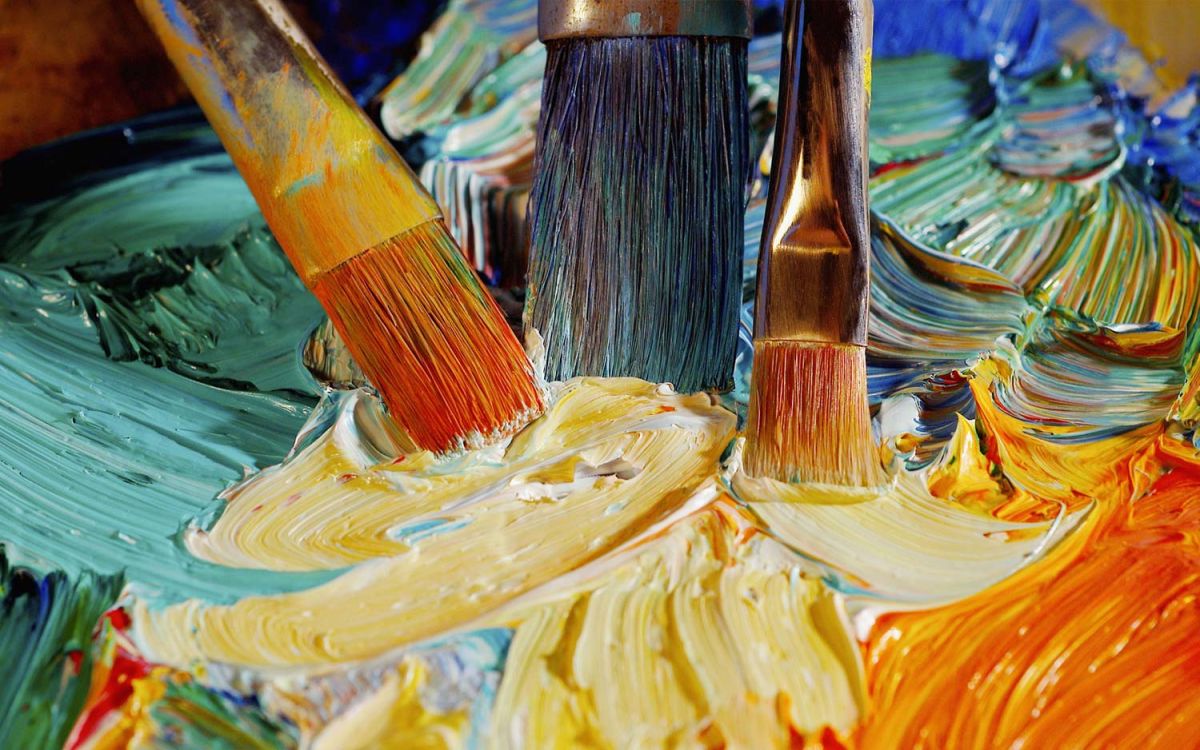
3. Consider the Historical and Cultural Context
Art doesn’t exist in a vacuum. Every painting is influenced by the time and place it was created. For example, knowing that Impressionist painters like Monet worked in the late 19th century during a period of industrial change helps explain their emphasis on light and fleeting moments.
Quick Context Tip: If you’re looking at a painting from the Renaissance, expect religious themes, detailed human forms, and balanced composition. For modern art, be prepared for more abstract concepts and emotional expressions.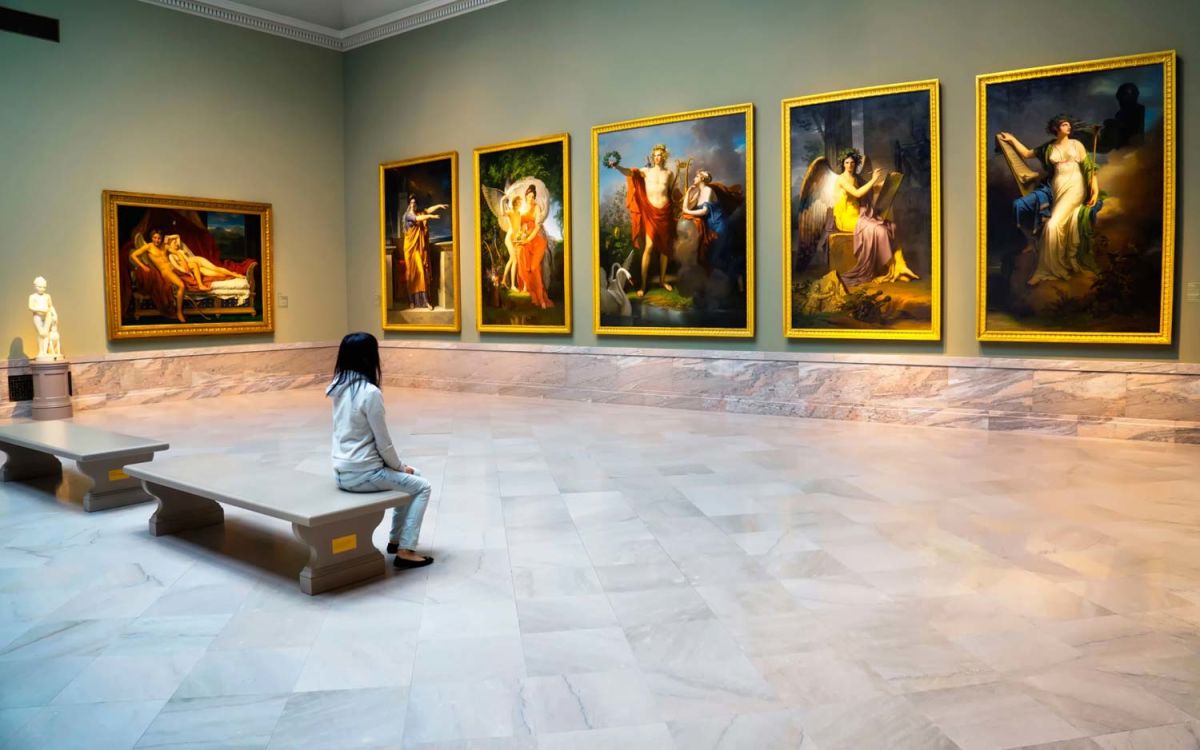
4. Analyze the Subject Matter
The subject matter of a painting can provide immediate clues to its meaning. Ask yourself:
- What is the main focus? Is it a person, a landscape, or an object?
- Are there any symbols? Many artists use common symbols like skulls (representing mortality) or doves (peace) to add deeper meaning.
- What story is being told? This might be clear in narrative works or more abstract in modern art.
Even in abstract art, where there is no clear “picture,” looking at patterns or recurring motifs can help you understand what the artist is conveying.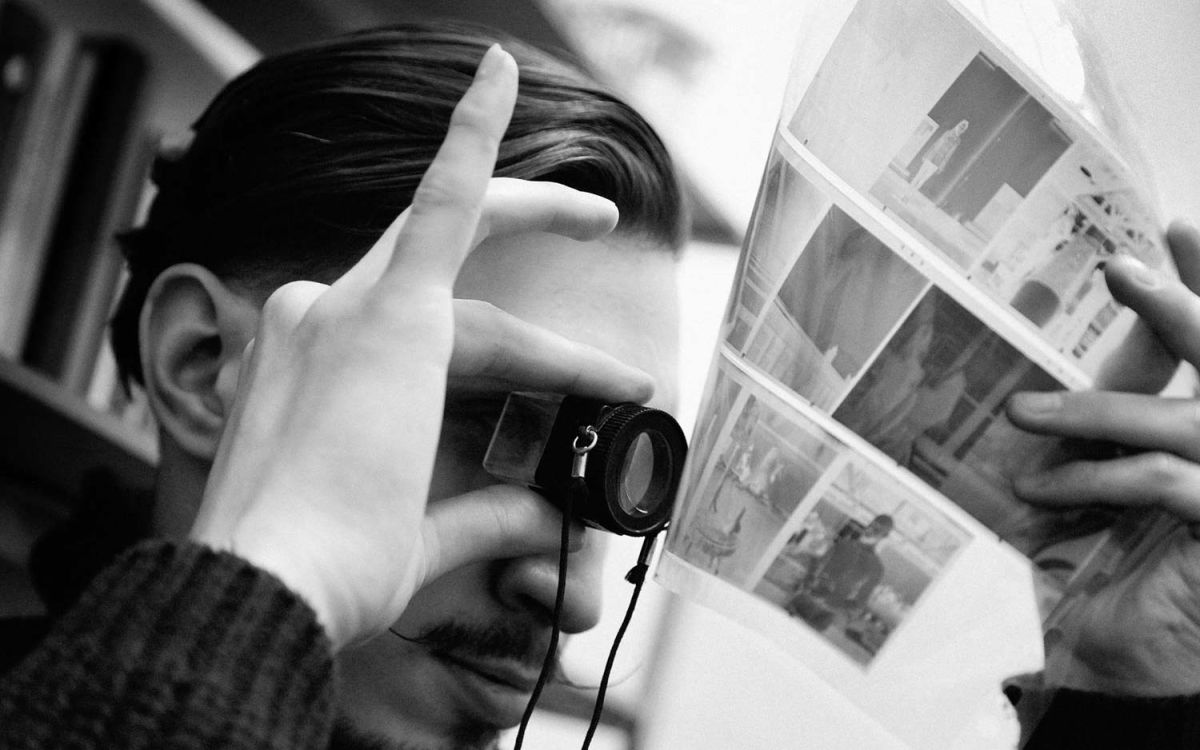
5. Pay Attention to Composition
Composition refers to how the elements in a painting are arranged. A well-balanced composition often means the artist wants to convey harmony, while asymmetrical arrangements might suggest tension or movement. The “rule of thirds” is a common technique where the canvas is divided into nine equal parts, guiding the placement of key elements to create balance and interest.
Example: In Leonardo da Vinci’s The Last Supper, the composition draws your eyes to the center, where Jesus is placed, emphasizing his importance.
6. Recognize the Emotion
Art is an emotional experience. Ask yourself how the painting makes you feel. Does it evoke joy, sadness, curiosity, or even discomfort? Emotions are a powerful tool artists use to communicate with the viewer. Abstract artists like Jackson Pollock used splattered paint to express raw emotion and energy, while portrait artists such as Rembrandt focused on deep human expression.
Tip: If a painting makes you feel something, try to connect that feeling with the visual elements. Are the colors dark and moody? Is the brushwork aggressive or calm? Understanding these connections can deepen your appreciation.
7. Research the Artist’s Background
Learning about the artist can give you insight into their work. For instance, knowing that Vincent van Gogh struggled with mental health issues makes his swirling, intense landscapes more poignant. The personal experiences and philosophies of an artist often seep into their creations.
Quick Artist Insight: Pablo Picasso’s Guernica is powerful when you know it was a reaction to the bombing of the Spanish town of Guernica during the Spanish Civil War. This context transforms the painting from an abstract work to a haunting anti-war statement.
8. Take Note of the Art Movement
Paintings often belong to specific art movements. Whether it’s Romanticism, Realism, or Surrealism, each movement has defining characteristics. Realism, for example, focuses on depicting life accurately and without embellishment, while Surrealism delves into the unconscious mind and dreams.
Example: Salvador Dalí’s The Persistence of Memory features melting clocks and bizarre landscapes, showcasing Surrealism’s interest in the dreamlike and irrational.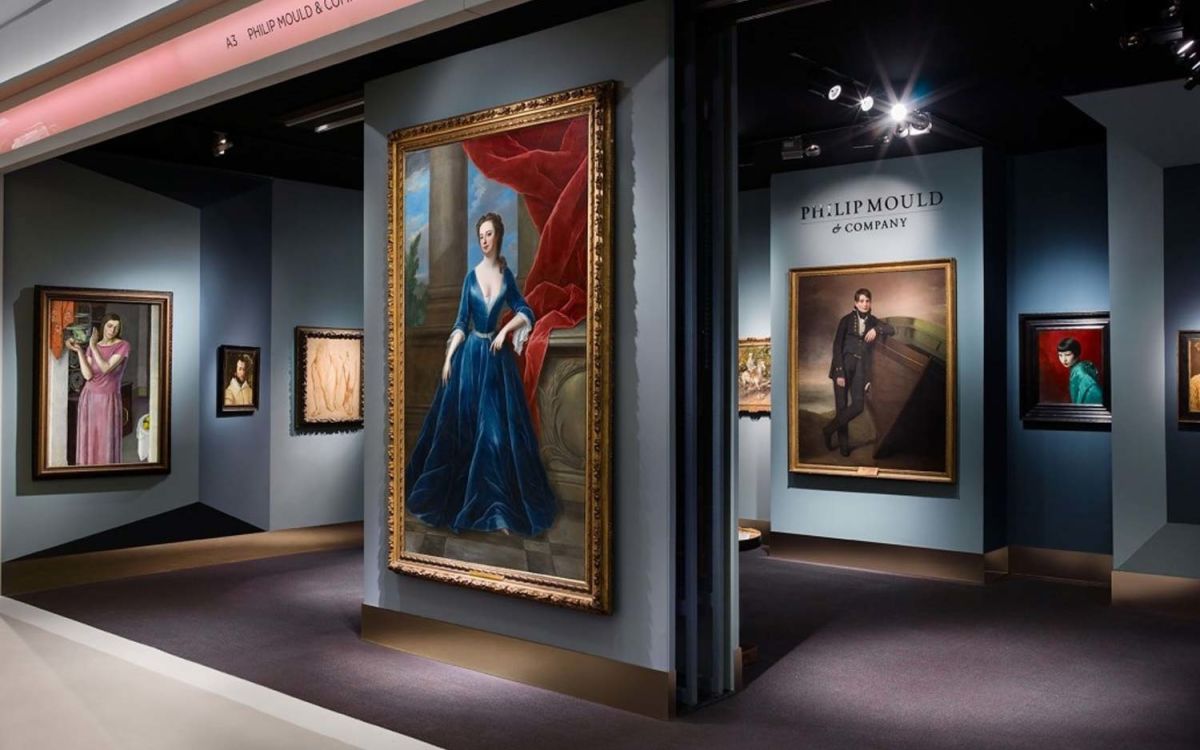
9. Ask Questions and Look for Interpretations
One of the best ways to understand a painting is to ask questions. What do you think the artist wanted you to feel? Is there an underlying theme of hope, despair, or social commentary? It’s also helpful to look at different interpretations of the same piece. Art critics and historians often provide varied perspectives that can expand your understanding.
10. Trust Your Instincts
Finally, remember that art is subjective. While studying techniques and history helps, personal interpretation is valuable. What resonates with one person might not affect another in the same way, and that’s the beauty of art. Trust your instincts and be open to what a painting says to you personally.
Understanding paintings is a skill that anyone can learn. By observing, learning art basics, considering context, and trusting your intuition, you can unlock the rich language of art. Each painting holds a story, and with the right approach, you can read it effortlessly. The more you practice, the more this language will become second nature. Happy art viewing!

